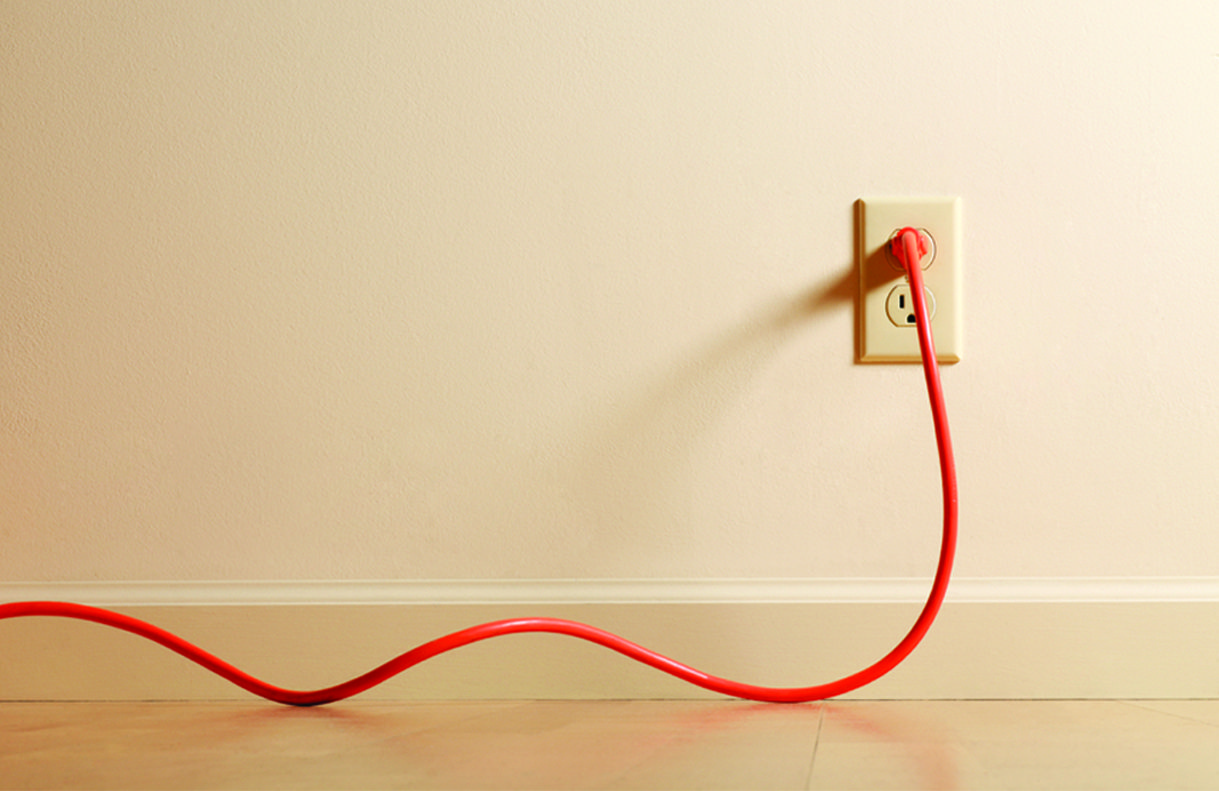

Articles
How Far Can I Run An Extension Cord
Modified: January 8, 2024
Discover how far you can safely run an extension cord with our informative articles. Learn about the potential risks and best practices to avoid electrical hazards.
(Many of the links in this article redirect to a specific reviewed product. Your purchase of these products through affiliate links helps to generate commission for Storables.com, at no extra cost. Learn more)
Introduction
An extension cord is a practical tool that allows us to conveniently power our devices and appliances, even when the nearest electrical outlet is out of reach. Whether you’re working outdoors, setting up a home workshop, or simply need to plug in multiple devices in one area, an extension cord can be a lifesaver. But have you ever wondered how far you can actually run an extension cord?
In this article, we will delve into the world of extension cords and explore the factors that affect their maximum length. We will look at important considerations such as wire gauge, ampacity, voltage drop, and safety precautions. By understanding these factors, you’ll be better equipped to make informed decisions and ensure a safe and efficient power supply.
So, let’s unravel the mysteries of extension cords and find out just how far you can run them!
Key Takeaways:
- When using extension cords, consider wire gauge, ampacity, and voltage drop to determine the maximum length. Prioritize safety, inspect cords, and choose appropriate lengths based on indoor, outdoor, or heavy-duty use.
- Understanding the factors affecting extension cord length is crucial for safe and effective use. Always consult manufacturer recommendations and prioritize safety to minimize the risk of electrical accidents.
Read more: How Long Can I Use An Extension Cord
Understanding Extension Cords
Before we dive into the factors that determine the maximum length of an extension cord, let’s first establish a basic understanding of what an extension cord is. An extension cord is a flexible cable with plugs at each end that allows you to extend the reach of an electrical power source.
Extension cords come in various lengths, typically ranging from a few feet to several hundred feet. They are constructed using different materials, including copper or aluminum wire encased in a protective outer jacket. The plugs at each end are designed to fit into standard electrical outlets.
Extension cords are incredibly versatile and can be used in a wide variety of settings. They are commonly employed in outdoor activities such as gardening, construction projects, and outdoor events or recreational activities. Moreover, they are essential in home workshops, offices, and other indoor settings that require additional power outlets.
When using an extension cord, it is important to understand its limitations and capabilities. One crucial factor to consider is the maximum length the extension cord can effectively operate. Let’s explore the factors that determine this maximum length.
Factors Affecting Extension Cord Length
Several factors come into play when determining the maximum length at which an extension cord can reliably perform. These factors include wire gauge, ampacity, and voltage drop. Let’s take a closer look at each of these factors.
Wire Gauge
The wire gauge refers to the thickness of the wires inside the extension cord. The thickness is measured using a numerical value, with a lower number indicating a thicker wire. Thicker wires have a higher ampacity (the maximum amount of current they can safely carry).
In general, the thicker the wire gauge, the longer an extension cord can effectively be used. Thicker wires have lower resistance, which helps minimize voltage drop over the length of the cord. Therefore, it’s crucial to consider the wire gauge when deciding on the maximum length of an extension cord for a specific application.
Ampacity
The ampacity of an extension cord refers to the maximum amount of current that it is designed to safely handle. Each extension cord will have a specific ampacity rating, typically indicated on the cord itself. Exceeding the rated ampacity can lead to overheating and potentially cause a fire hazard.
When determining the maximum length of an extension cord, it is important to consider the electrical load or the total wattage of the devices that will be plugged into it. The ampacity of the extension cord must be able to handle the combined wattage of the devices without surpassing its rated ampacity.
Read more: How To Run Extension Cord Through Window
Voltage Drop
Voltage drop is the reduction in voltage that occurs over the length of an extension cord due to the resistance of the wire. As the length of the cord increases, the voltage drop also increases.
A significant voltage drop can result in devices not receiving enough voltage to operate efficiently, causing them to underperform or even malfunction. To mitigate voltage drop, it is important to consider both the wire gauge and the length of the extension cord when selecting the appropriate one for your needs.
Wire Gauge and Ampacity
Wire gauge and ampacity go hand in hand when it comes to determining the maximum length an extension cord can effectively operate. Let’s take a closer look at the relationship between wire gauge and ampacity.
The American Wire Gauge (AWG) system is the standard method used to measure the thickness or diameter of wires. The lower the AWG number, the thicker the wire. Thicker wires have a lower resistance to the flow of electricity, which means they can handle a higher ampacity.
Extension cords are commonly available in various wire gauges, such as 16, 14, and 12 AWG. The smaller the AWG number, the thicker the wire and the higher the ampacity.
For example, a 16 AWG extension cord has a smaller diameter wire and a lower ampacity compared to a 12 AWG extension cord. The larger wire gauge can handle a higher ampacity and is therefore suitable for longer lengths and higher power loads.
It is important to choose an extension cord with a wire gauge that is appropriate for the electrical load it will be carrying. Exceeding the ampacity rating can cause the wire to overheat, leading to a potential fire hazard.
When determining the appropriate ampacity for your extension cord, consider the total wattage of the devices that will be connected to it. Each device will have a power rating listed in watts. Add up the wattage of all the devices to ensure it does not exceed the ampacity rating of the extension cord.
Remember, it is always better to choose an extension cord with a higher ampacity than what you actually need to ensure safety and prevent overheating.
It is also worth noting that longer extension cords will have higher resistance due to the increased length. This resistance can contribute to a higher voltage drop, which we will explore in the next section.
Voltage Drop
Voltage drop is a phenomenon that occurs when there is a decrease in voltage as current flows through a wire. In the context of extension cords, voltage drop becomes more pronounced as the length of the cord increases.
When electricity flows through a wire, it encounters resistance. This resistance causes a voltage drop, which means the voltage at the receiving end of the cord is lower than the voltage at the source. The longer the extension cord, the greater the resistance and subsequently the higher the voltage drop.
Why is voltage drop a concern? Well, many electrical devices have a specified operating voltage range. If the voltage drop is too significant, devices may not receive the necessary voltage to operate effectively. This can result in diminished performance, shortened lifespan, or even damage to the equipment.
For example, if you have a device that requires 120 volts to operate optimally, but due to voltage drop, it only receives 110 volts, the device may not function at its full capacity. This can be particularly problematic for appliances with motors, such as refrigerators or power tools, which rely on a consistent power supply to operate efficiently.
One way to mitigate voltage drop is to choose an extension cord with a thicker wire gauge. Thicker wires have lower resistance and therefore result in less voltage drop over the length of the cord. Additionally, using a shorter extension cord can also help reduce voltage drop.
It is important to note that different devices will have varying tolerances for voltage drop. Some devices may be more sensitive to voltage fluctuations than others. Consult the manufacturer’s specifications or guidelines for each device to ensure you are providing an appropriate power supply.
In summary, voltage drop is a crucial factor to consider when determining the maximum length of an extension cord. Choosing the right wire gauge and keeping the cord length as short as possible will help minimize voltage drop and ensure your devices receive the necessary voltage for optimal performance.
Safety Considerations
When using extension cords, it is essential to prioritize safety to prevent potential hazards and ensure the well-being of yourself and others. Here are some important safety considerations to keep in mind:
Read more: How To Run Extension Cord Through Wall
Inspect the Extension Cord
Before using an extension cord, carefully inspect it for any signs of damage, such as fraying, exposed wires, or cracked insulation. Damaged cords should never be used, as they can pose a significant risk of electrical shock or fire. If you notice any abnormalities, replace the extension cord immediately.
Use the Appropriate Extension Cord
Ensure that the extension cord you choose is suitable for your specific application. Consider factors such as the ampacity, wire gauge, and length requirements. Using an extension cord that is not appropriate for the task can result in overheating, voltage drop, or other electrical issues.
Avoid Overloading the Extension Cord
Exceeding the ampacity rating of an extension cord by plugging in too many devices can lead to overheating and potentially cause a fire. Before connecting devices, calculate the total wattage and ensure it does not exceed the ampacity rating of the cord.
Properly Position the Extension Cord
Make sure the extension cord is placed in a manner that minimizes the risk of tripping or damage. Avoid running cords under carpets, rugs, or furniture, as they can cause heat buildup and become a fire hazard. Keep cords away from water sources to prevent electrical shocks.
Avoid Pinching or Crushing the Cord
Avoid placing heavy objects on the extension cord or running it through narrow spaces where it can be pinched or crushed. Damaging the cord in this way can lead to exposed wires and increases the risk of electrical shock or fire.
Unplug Safely
When unplugging the extension cord, always pull from the plug itself rather than yanking the cord. Yanking the cord can cause stress on the wires and damage them over time.
By following these safety considerations, you can use extension cords confidently and reduce the risk of electrical accidents. Remember, safety should always be the top priority when working with electrical devices and power sources.
Recommended Extension Cord Lengths
While the maximum length of an extension cord depends on various factors such as wire gauge, ampacity, and voltage drop, there are general guidelines to help you determine the recommended cord length for different applications. Here are some common scenarios and their corresponding suggested extension cord lengths:
Indoor Use
For indoor use, where electrical outlets are typically more accessible, shorter extension cords are generally recommended. A 6 to 12 feet extension cord is often sufficient to reach nearby outlets or provide power to devices in a specific area without excessive length or voltage drop.
Read more: How Far Can A Dryer Vent Run
Outdoor Use
Outdoor situations often require longer extension cords due to the greater distance between the power source and the devices or equipment being used. Depending on the specific requirements, opt for extension cords ranging from 25 to 100 feet to ensure adequate reach without compromising safety or performance.
Heavy-Duty Equipment
When powering heavy-duty equipment or high wattage devices, such as air compressors, power tools, or larger appliances, it is essential to use extension cords that can handle the higher ampacity and minimize voltage drop. In these cases, shorter cords in the range of 10 to 25 feet with a thicker wire gauge, such as 12 or 10 AWG, are recommended to ensure a reliable power supply.
Professional or Industrial Settings
In professional or industrial settings where multiple devices or machinery require power, longer extension cords are often needed. Extension cords ranging from 50 to 100 feet or more, with a thicker wire gauge, are commonly used. It is crucial to consult industry regulations and guidelines to ensure compliance and prioritize safety.
Consult Manufacturer’s Recommendations
Always refer to the manufacturer’s recommendations for any specific devices, appliances, or tools you are using. They may have specific guidelines on the recommended extension cord length, wire gauge, and other important considerations to optimize performance and safety.
Remember, these are general recommendations, and it is important to assess your specific needs, considering factors like the electrical load, location, and safety requirements, before finalizing the extension cord length for your particular situation.
Conclusion
Extension cords are a practical solution to extend the reach of electrical power sources, allowing us to conveniently use devices and appliances even when the nearest outlet is far away. However, understanding their limitations and capabilities is crucial for using them safely and effectively.
Factors such as wire gauge, ampacity, and voltage drop play a significant role in determining the maximum length an extension cord can handle. Choosing the right wire gauge, considering the ampacity requirements, and minimizing voltage drop are key considerations when determining the appropriate extension cord length for your specific needs.
Keep in mind that safety should always be the top priority when working with extension cords. Regularly inspect cords for damage, use the appropriate cord for the task at hand, avoid overloading, and position cords properly to reduce the risk of tripping or damage.
Recommended extension cord lengths vary depending on the application, such as indoor or outdoor use, heavy-duty equipment, or professional settings. General guidelines suggest shorter cords for indoor use, longer cords for outdoor use, and thicker cords for high wattage devices or industrial settings. Always consult the manufacturer’s recommendations for any specific devices or tools you are using.
By understanding the factors affecting extension cord length and following safety precautions, you can utilize extension cords effectively and minimize the risk of electrical accidents. Remember to prioritize the well-being of yourself and others, and never compromise on safety when working with electricity.
Frequently Asked Questions about How Far Can I Run An Extension Cord
Was this page helpful?
At Storables.com, we guarantee accurate and reliable information. Our content, validated by Expert Board Contributors, is crafted following stringent Editorial Policies. We're committed to providing you with well-researched, expert-backed insights for all your informational needs.
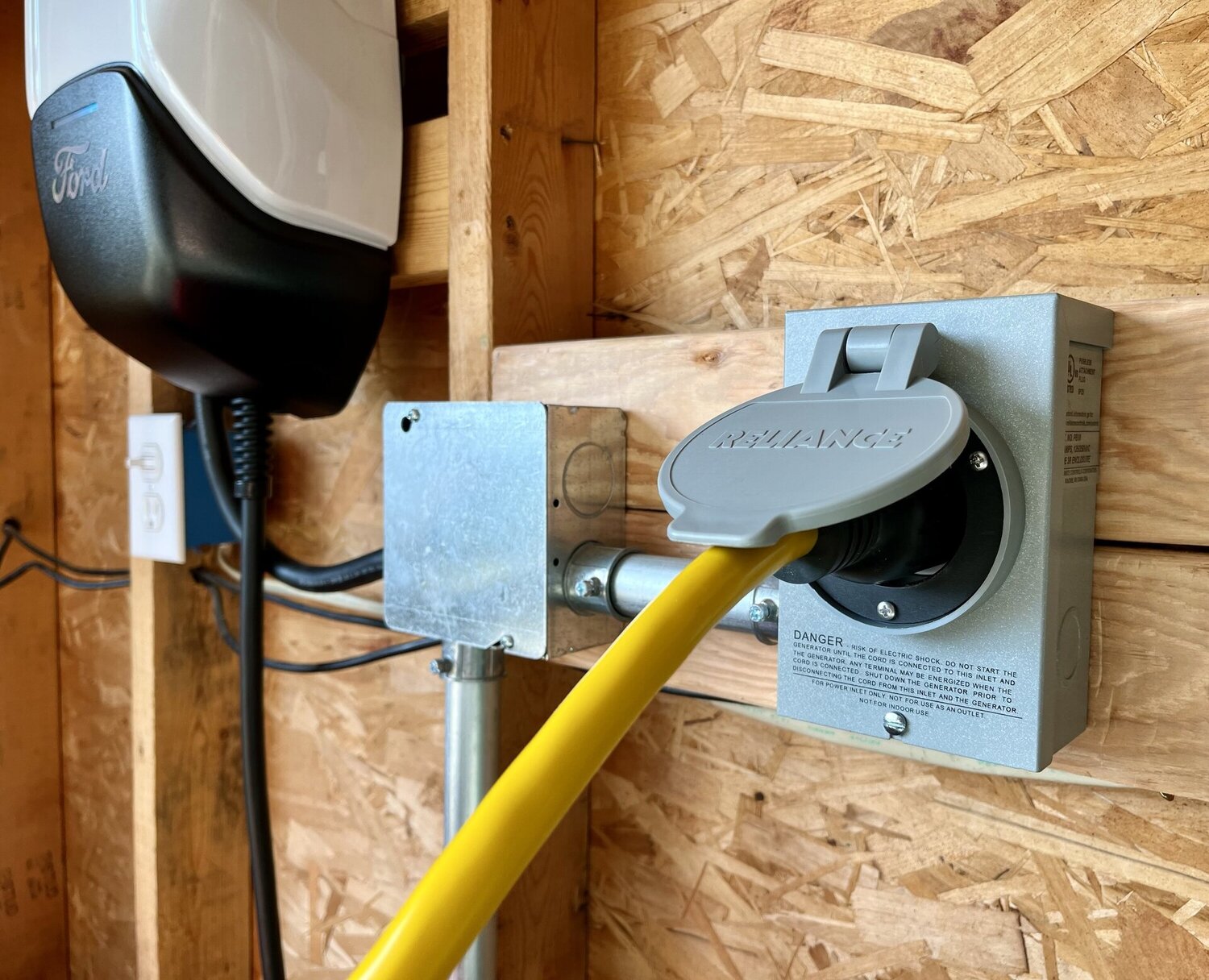
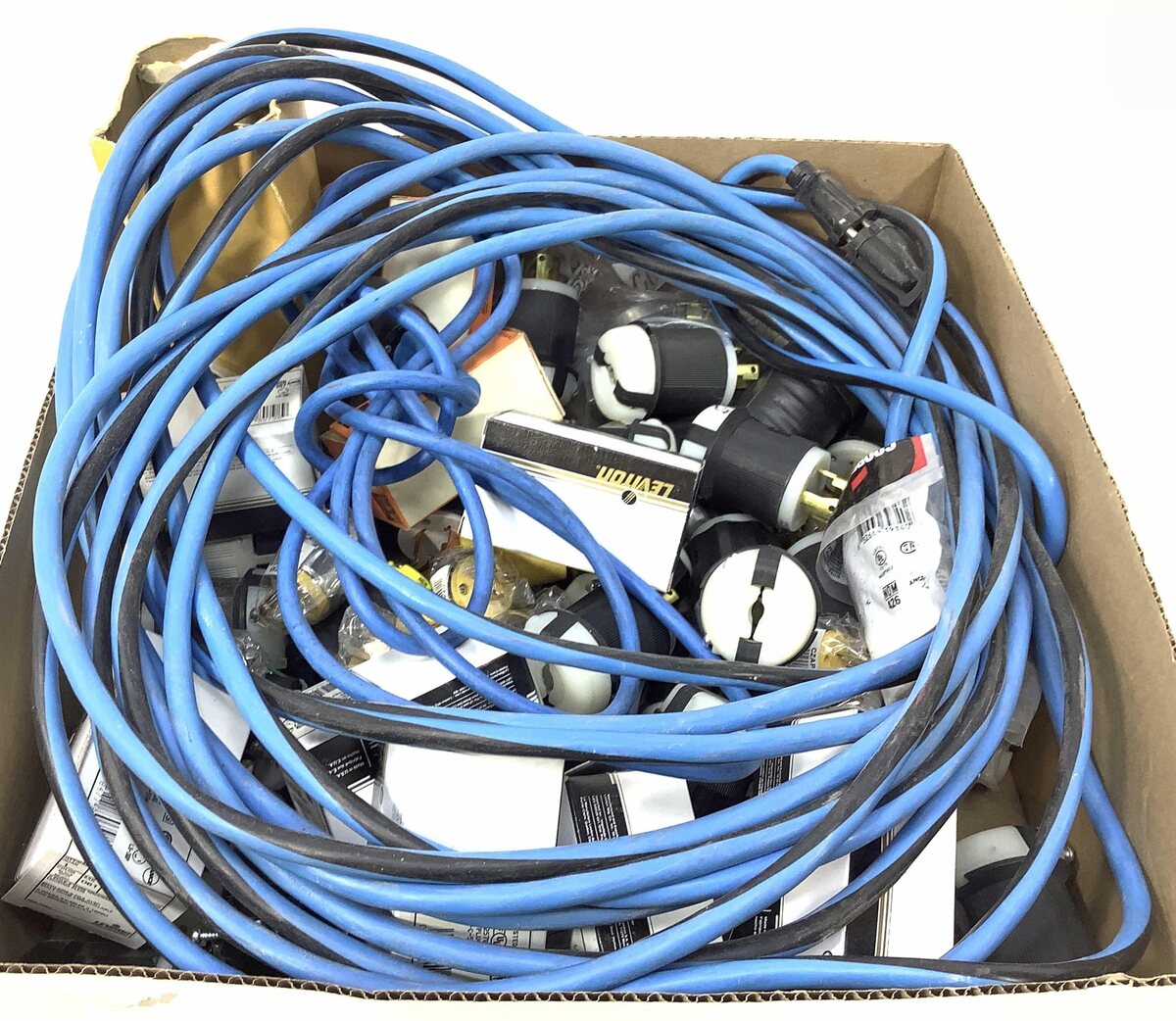

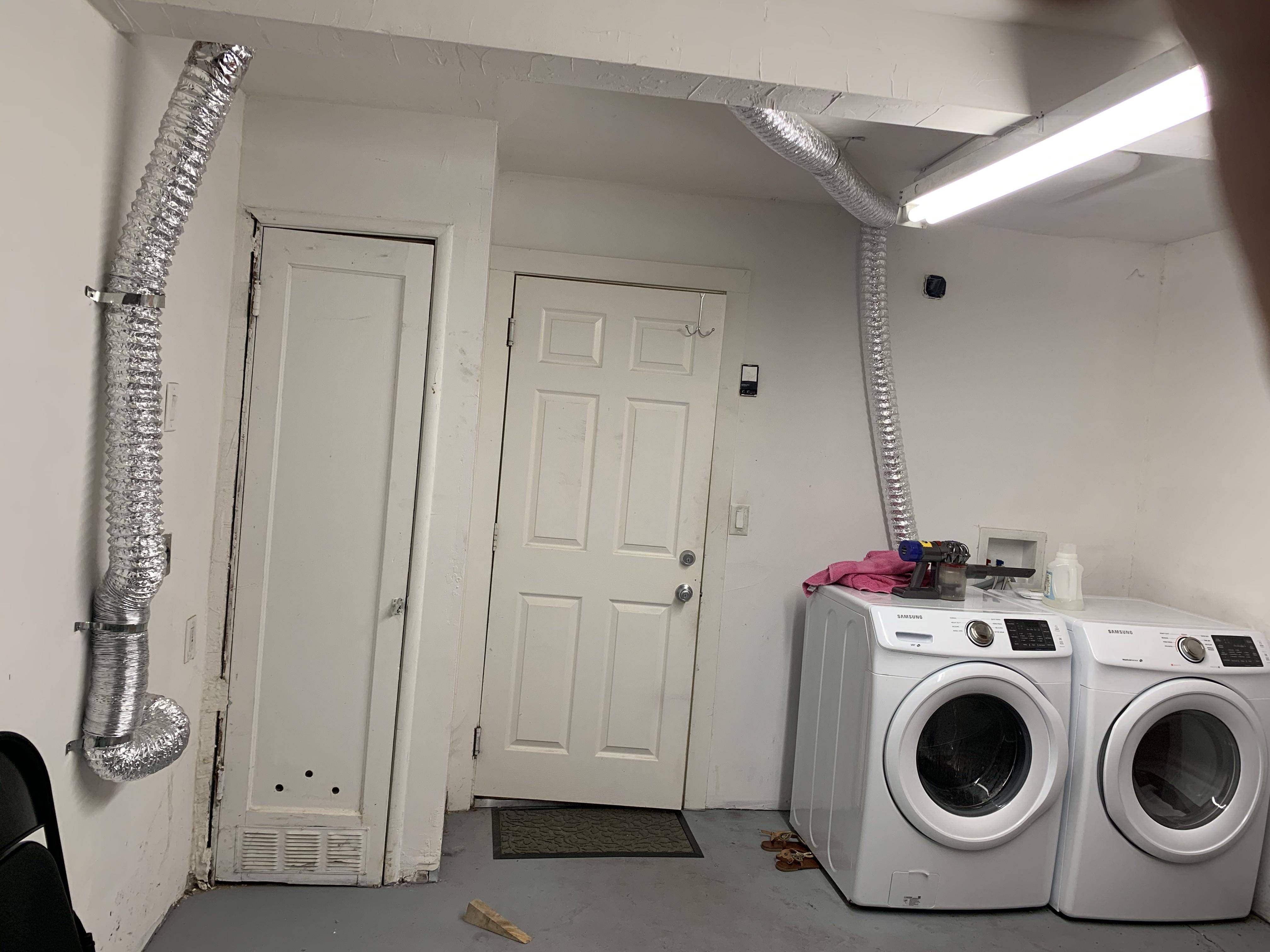
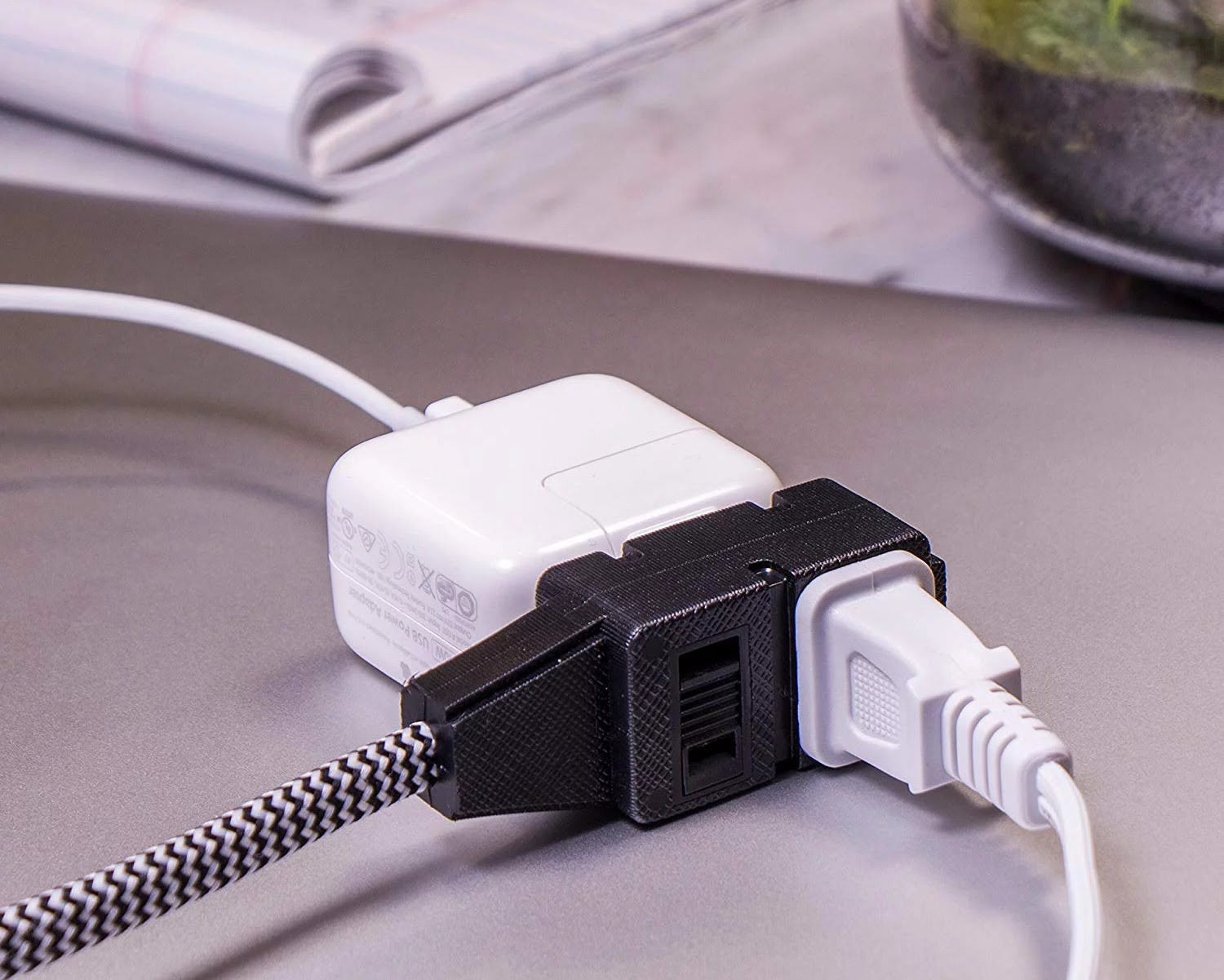
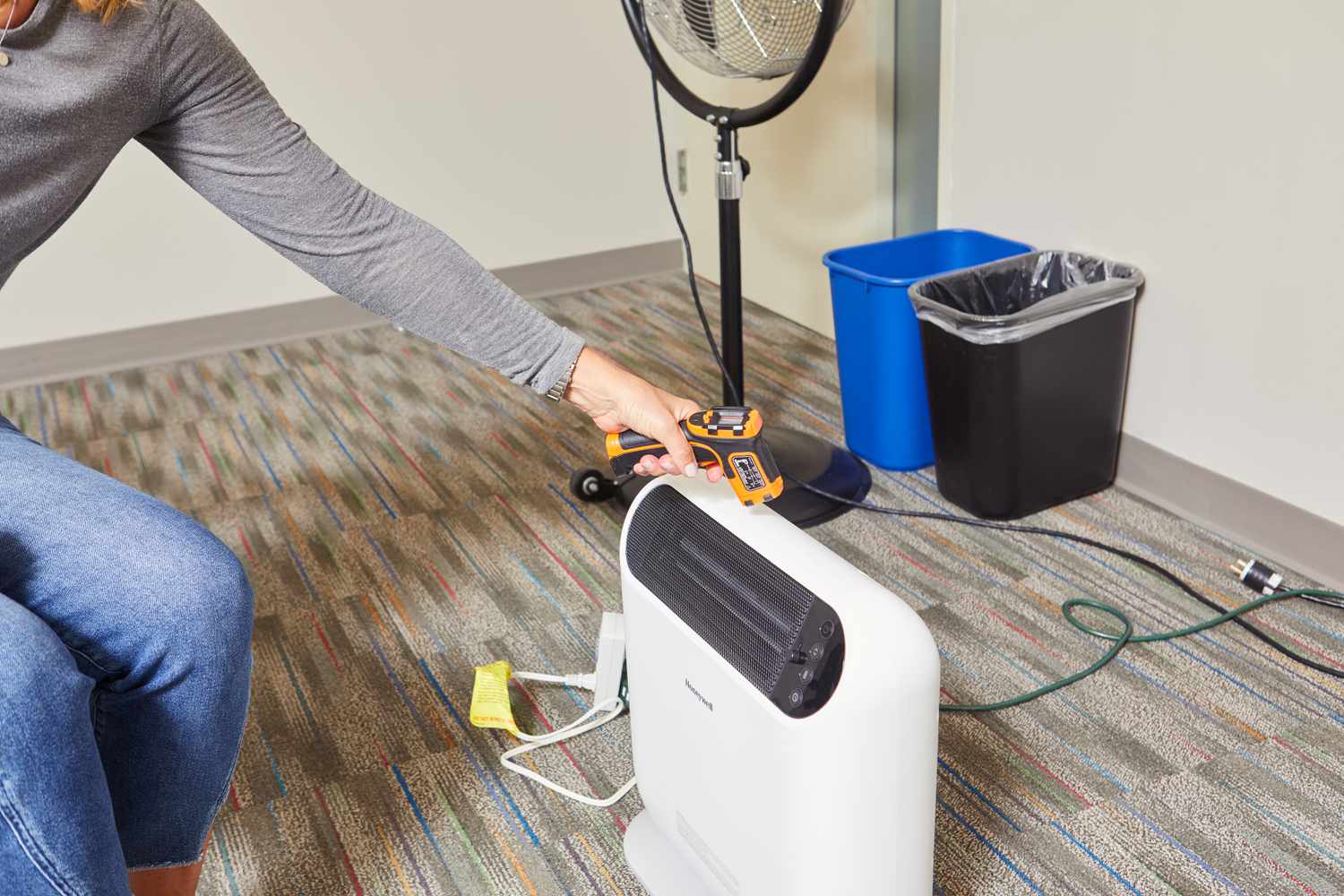
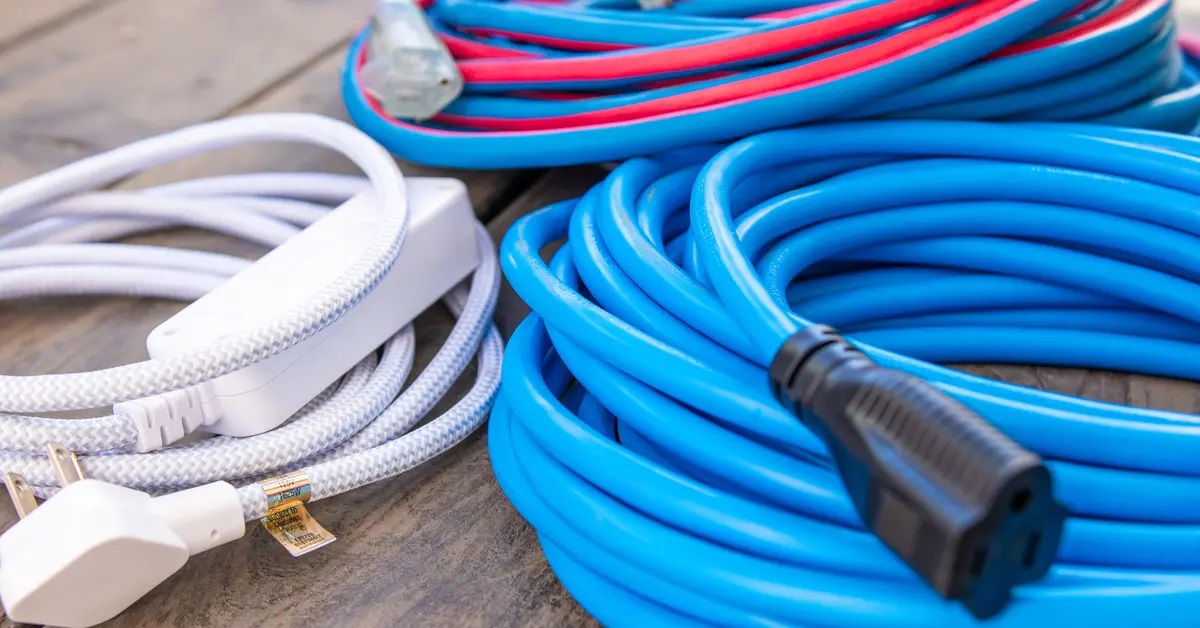
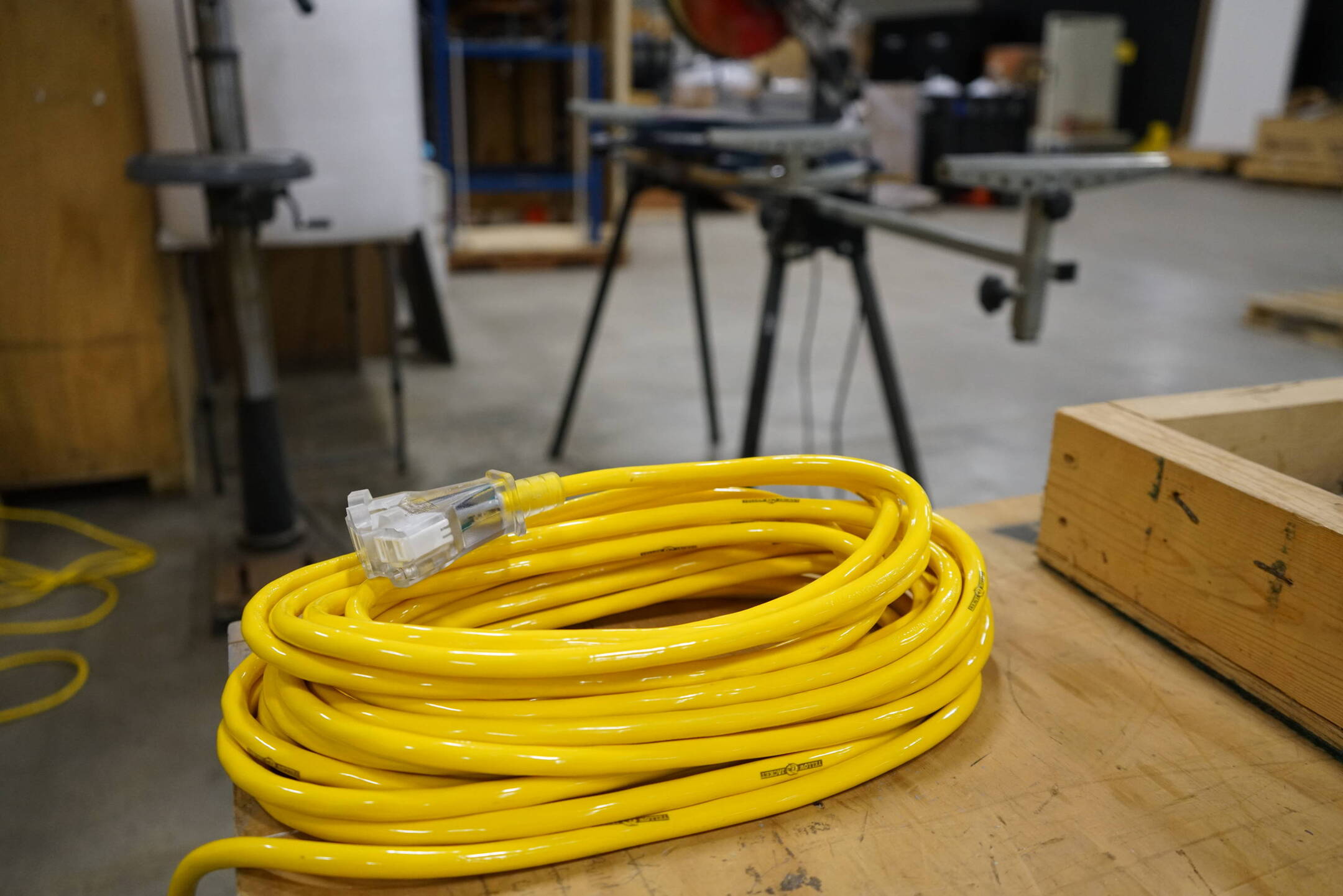
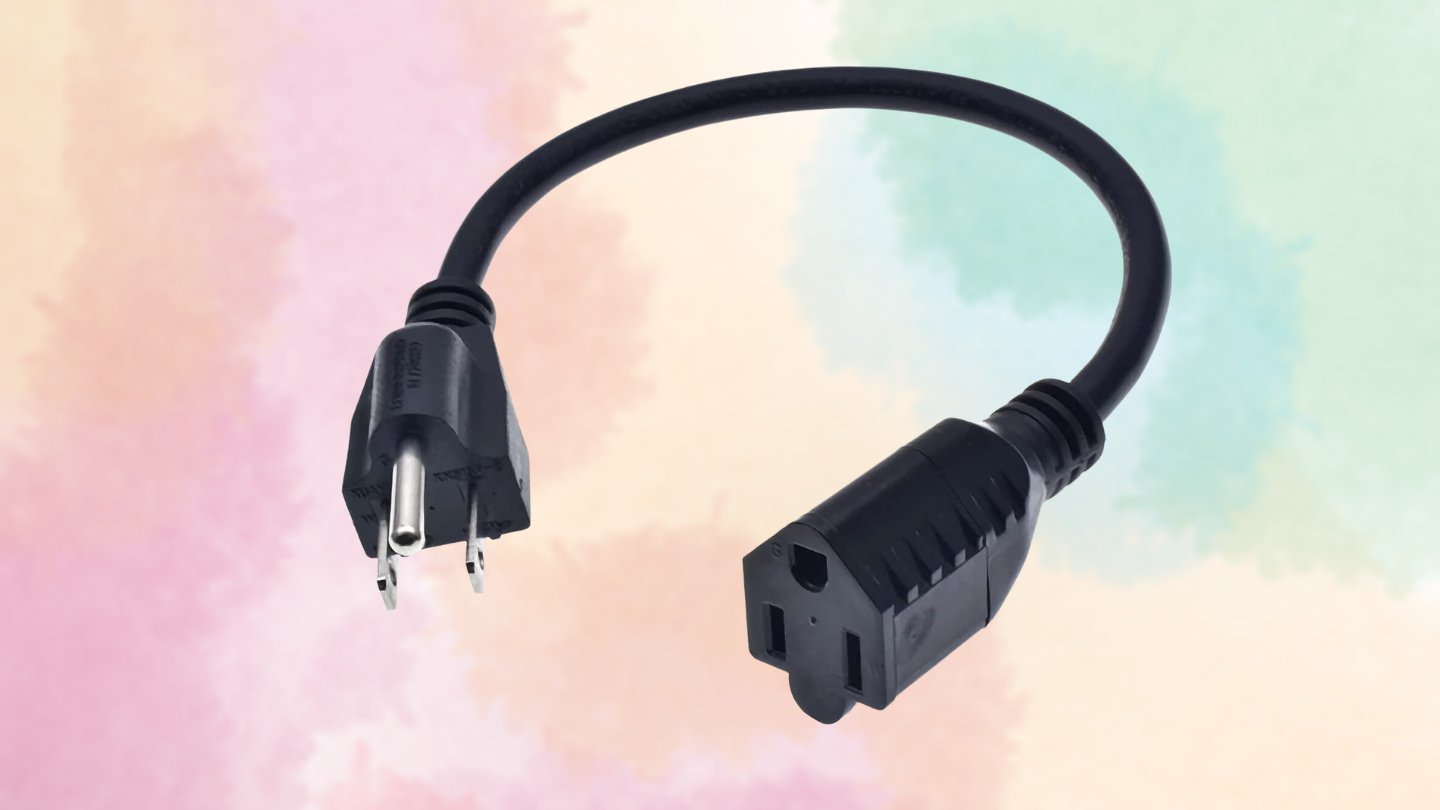
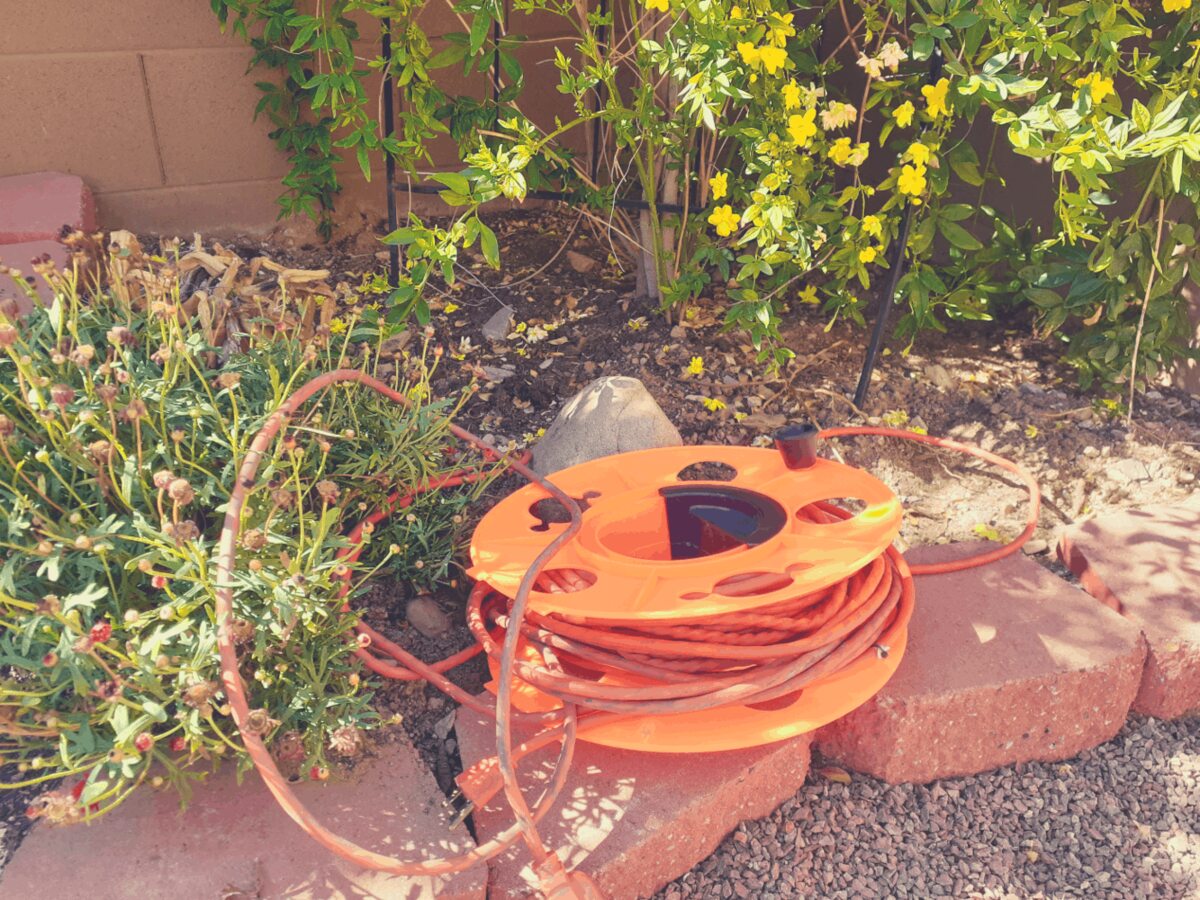

0 thoughts on “How Far Can I Run An Extension Cord”